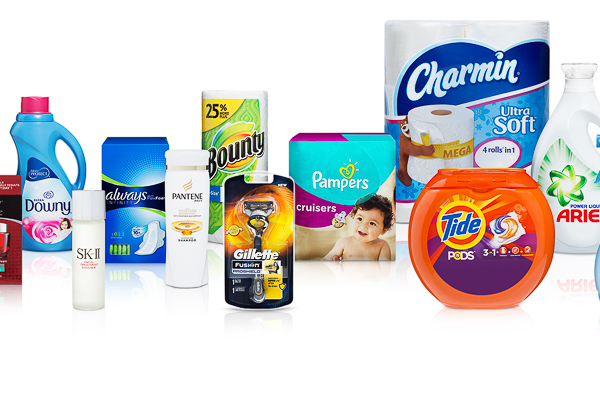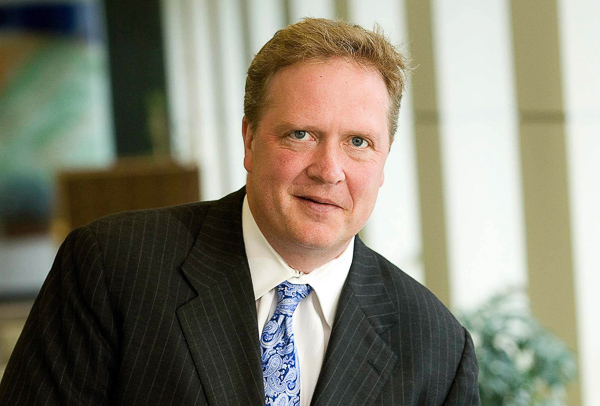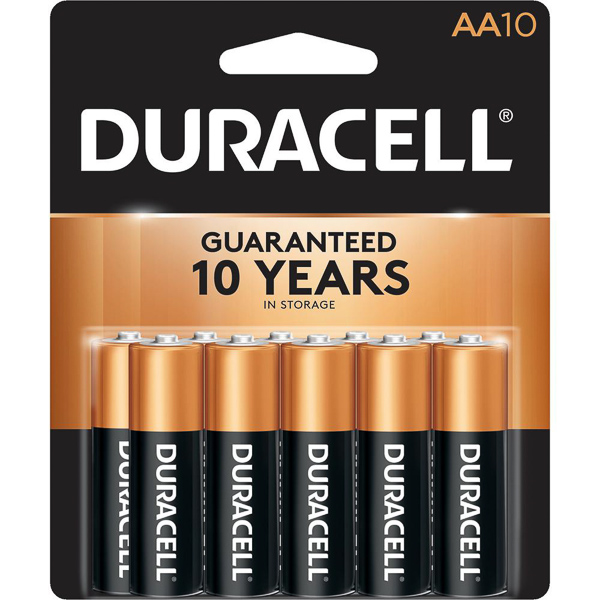Charging toward Duracell: A P&G case study

Photo credit: P&G
By Nadia Zaman, Two-Year MBA ’19
Data analytics, operations, and accounting consumed a great deal of time and then add a Procter & Gamble (P&G) case to boot. With everything else being second to the overall goal of getting a return offer from my summer internship, the P&G case was top of mind. Drew Pascarella, lecturer of finance, indicated this was, “our easiest and shortest case” for the Investment Banking Immersion. It is amazing how the banker in me came out to put my best foot forward.
Drew’s version of an “easy and short” case is not like “easy” assignments of other professors. The P&G case was about the potential sale of Duracell to Berkshire Hathaway. In reality, the deal was announced in 2014 and closed in 2016, with Berkshire purchasing the brand outright in exchange for its equity ownership in P&G.
The assignment was from P&G’s point of view in October 2014: “P&G recently announced its intention to split off the Duracell business into a separate company. Shortly after the announcement, P&G receives a call from Berkshire Hathaway, who is P&G’s largest shareholder, expressing interest in exchanging their current P&G shares for Duracell. However, the transaction needs to be structured in a tax friendly manner and Berkshire wants P&G to infuse a billion dollars into the deal.”
Multi-million dollar questions
- Should P&G pursue Berkshire’s offering?
- How much cash should P&G be willing to infuse based on the potential value of Berkshire’s exchanged shares?
- How can this transaction be structured in a tax friendly way?
My team researched Duracell’s financials, the battery industry, and various transaction types including a cash sale, split-off, spin-off, and a Reverse Morris Trust. We decided that P&G should pursue the Berkshire deal, but the transaction needs to be structured in a way that no gain is created in order to avoid tax implications.
The key differential about this case was presentation day. Typically, teams get cold called to present. Instead, we had Jon Moeller ’86, MBA ’88, CFO of P&G, fly into Ithaca to talk about the deal since he was deeply involved in it. To have the opportunity to be immersed in the real-world account of the case, just after modeling out my own understanding of it, was a one-of-a-kind experience. His sense of humor, coupled with cutting jokes about various investment bankers, painted a unique picture of client-side understanding of my future field of work. To have the opportunity to see a client-side opinion of investment bankers was insightful.
Notes on powering forward from P&G’s CFO

Moeller started off talking about P&G’s history, purpose, core strengths, and brands that it owns. An interesting P&G fact is that the company went through 80 divestitures and 25 acquisitions within the past 10 years! The organization also went through a transformation, concluding two years ago, which brought down its then 170 brands in 16 categories to 165 brands in 10 categories. P&G focuses on categories that customers will consume at least daily and pursues areas where P&G will be the number one or number two brand in that market.
Moeller transitioned the discussion to Duracell. The brand had approximately 2,000 employees and became part of P&G when the company acquired Gillette. Duracell had a premium position in its market, with a market share of about 24 percent and was the number-one battery manufacturer.
The issue with Duracell was that it was not a daily use item. Batteries, on average, last much longer than a day. Also, Duracell’s industry has not seen innovation since lithium batteries, which essentially made batteries become somewhat commoditized. Retailers tend to stock a limited number of battery brands since most shoppers do not care about which brand they are purchasing. It ultimately became a bidding war between Energizer and Duracell to win shelf space.
The deal is done

The issues listed above, coupled with details of the backstory related to brainstorming potential buyers of Duracell, led to P&G’s public announcement of its intention to separate Duracell as a standalone company.
Moeller moved on to discuss the transaction structure. Duracell was a good fit for Berkshire’s portfolio. It has a strong brand, good free cash flow, and maintains a solid global business. Duracell was right up Berkshire’s alley!
The transaction type completed is known as a “cash-rich split-off” with a value of $4.7 billion. Duracell was paid by Berkshire’s holding of P&G’s stock to significantly minimize capital gains. P&G contributed approximately $1.7–$1.8 billion in cash. The value that was received for Duracell in the exchange was about seven times the FY2014 Earnings Before Interest, Taxes, Depreciation and Amortization (EBITDA), which is equivalent to a cash sale valued at approximately nine times adjusted EBITDA.
In concluding the class, the Moeller shared advice that could be applied both personally and professionally:
- Nothing ever moves in straight lines
- Focus and discipline are the most valuable traits to have
- Have clear parameters of what you will and will not accept
- Realize what humans are capable of and treat others like how you want to be treated
- Approach meetings with the belief that everyone has something to contribute. Do not approach meetings with the mindset that you are always right or that you need to prove something
I’ll always remember my favorite line from that session. It was when Moeller was introducing himself, “Everyone considers me to be boring because… one college, one company, one wife.”

